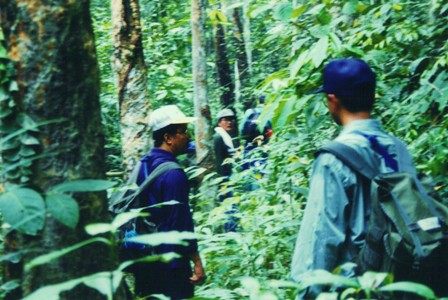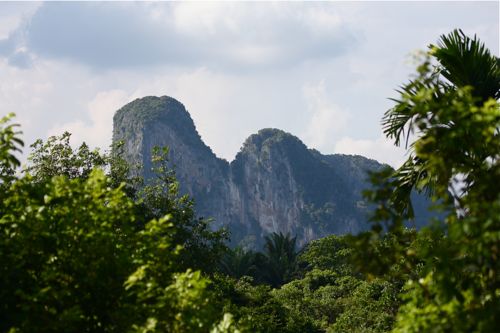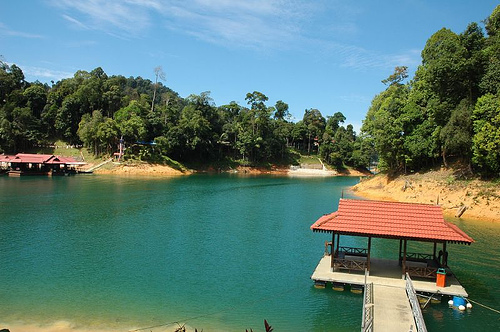Mountain climbing
Mountains are of course made to be climbed!
And there are many ways or options to do this, depending on individual preferences and physical abilities and constraints.
For leisure mountain climbers, there are less arduous climbs with well-marked trails at some popular sites in the country, where trips may take several hours to a day to complete.
These are easily accessible to the public and guides are usually not compulsory.
Some of these mountains include Gunung Ledang, Gunung Angsi, Gunung Berembun, Gunung Jerai, and Gunung Brinchang.
But for those imbued with the spirit of adventure and who wants more than a leisurely outing can choose a summit that requires a journey through the wilderness first.
But these excursions may require permits and registrations with the authorities.
For instance, Gunung Gagau (1376m) at Taman Negara is a popular spot for such outing. It is situated right on the boundary of 3 states, that is Pahang, Kelantan and Perak.
And to reach its base, we will need to traverse thick jungle, lake and river and if desired, can even explore a cave or two along the way before reaching the peak. And at the summit of Gunung Gagau we will be rewarded with a great panoramic view of the three states of Malaysia!
Trekking
For those who are into trekking and discovering diverse and unique natural landscapes, the mountainous areas of Malaysia are really wonderful places to experience.
You will be fascinated to find lush, green tropical rainforest in the lowlands slowly changing to shorter mountain vegetation and shrubs in the higher elevations.
You'll also most probably find cool streams and waterfalls near the bases of the mountains for rest and relaxation when required.
Rock Climbing
Mountains that have limestone, sandstones crags and granite outcrops and walls are also favorite locations for rock-climbing enthusiasts.
It is a new and a somewhat "rugged and sexy" sport now slowly catching the interests of young athletic Malaysians.
Although lower mountains and hillcrops make for nice rock-climbing sites, Mount Kinabalu and Gunung Mulu also have aspects and sides that are popular for rock-climbing.










